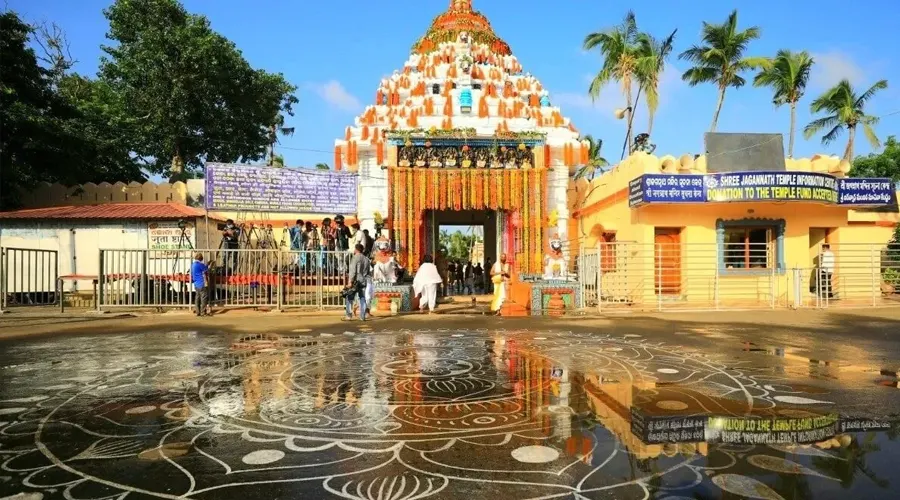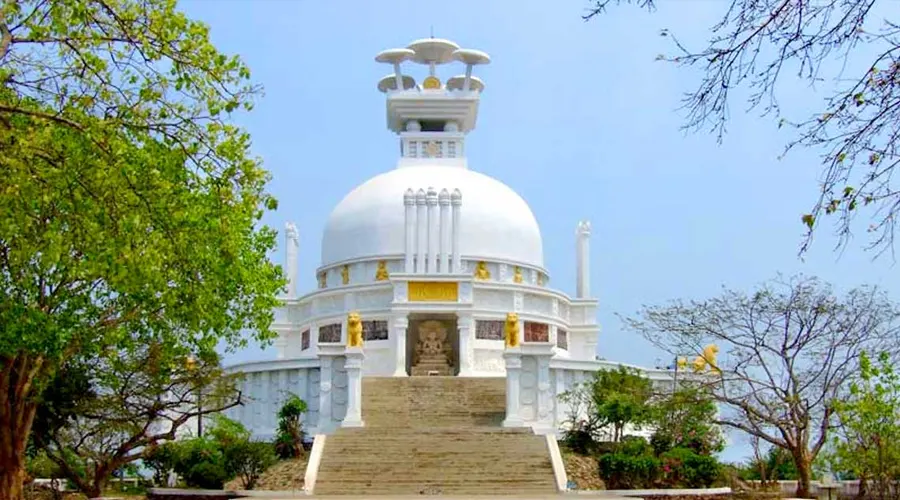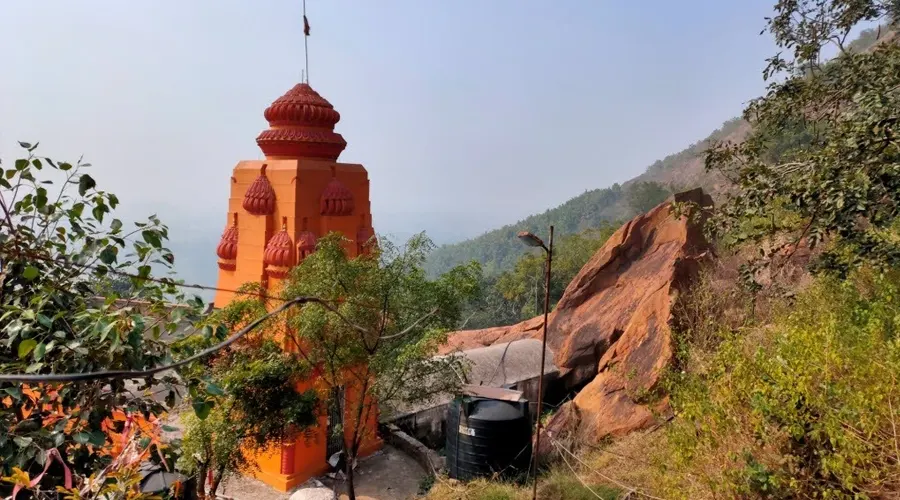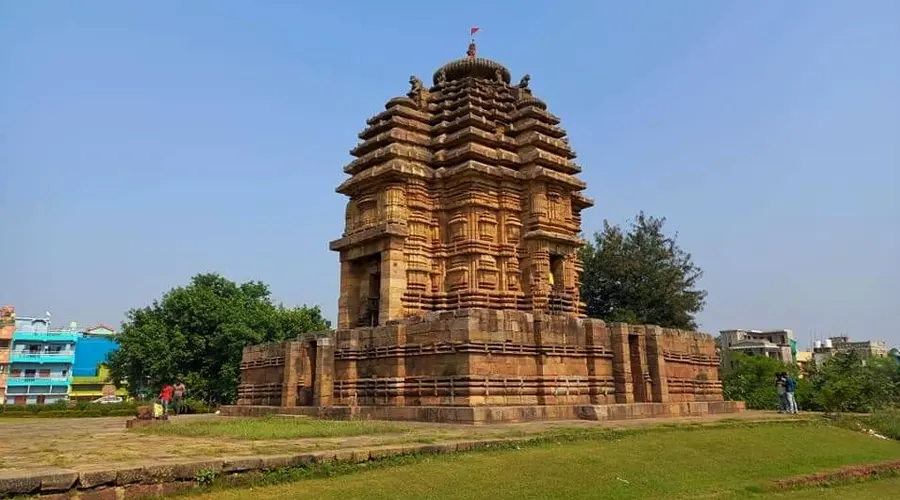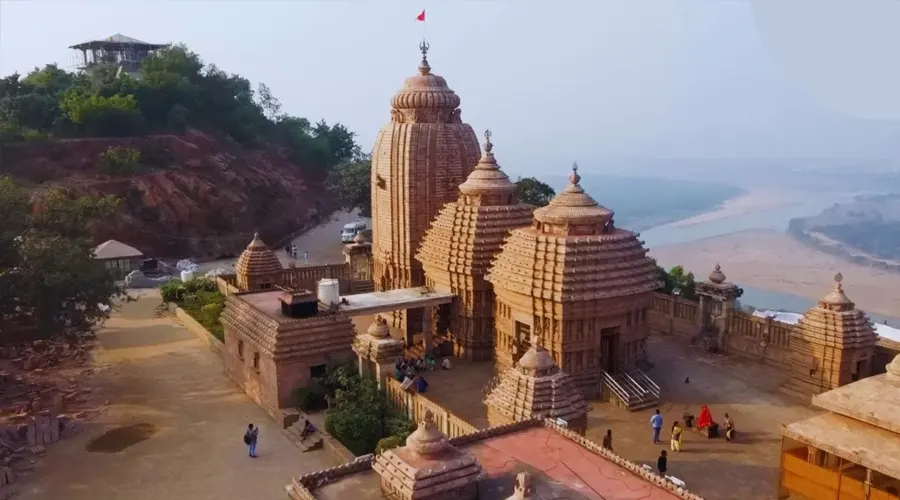Ratnagiri Monastery
Lalitgiri, with its other name Naltigiri, is the 1st-century Buddhist complex in Orissa, which together with Ratnagiri and Udayagiri creates Puspagiri University which has several of the best sculptures of that age – like significant stupas and monasteries (viharas).
As a renowned Buddhist pilgrimage, this ancient lush village Lalitgiri is a holy destination for a large number of Buddhist devotees. Numerous excavations done by the Archaeological Survey of India (ASI) have related this region with the origin point of Buddhism. ASI has been conducting such excavations since 1985 to today.
Ratnagiri has a historical and religious significance that makes it an ideal destination to explore. The small yet religious town in the Jajpur District of Odisha is known for its huge monastery, which is related to the Mahayana Sect and famous kings like Ashoka and others from the Gupta Dynasty. Apart from its strong historical background, Ratnagiri is also known for the flow of the main rivers of Odisha: Mahanadi, Brahmani, Kimiria, and Birupa.
Udayagiri, an Orissa Buddhist complex to form Pushpagiri University along with Udayagiri and Lalitgiri, bears some significant stupas and monasteries (viharas). Udayagiri was referred to as ‘Madhavapura Mahavihara’ in history, as per the epigraphical artifact found in the region. Several excavations have been conducted by the Archeological Survey of India (ASI) since 1958, which is still in continuity. The large excavation done from 1997 to 2000 discovered the Udayagiri-2, the second part of Udayagiri. Several additional stupas and monasteries have been excavated here by ASI.
History of Ratnagiri Monastery
According to the archaeological studies done at Ratnagiri, it has been ascertained that Buddhism as a religion flourished here from the 5th century AD till the 12th century AD. However, thereafter its downfall began and by the 16th century, it had turned into a ruin. There is some evidence that states that even the famous Chinese Buddhist monk and traveler, Hiuen Tsang had visited this place.
The site of Ratnagiri remained buried in the pages of history until the 1960s when the ASI began vigorous excavations here. As a result, several stupas and Buddha statues in addition to the monasteries were unearthed. Not only these, several extremely fine sculptures were excavated that today have been kept in the museum nearby while many have been sent to other museums across India.
Architecture of Ratnagiri Monastery
The remains of the Ratnagiri Buddhist site are a testimony to the architectural brilliance of the bygone era. Be it the monasteries, main stupas, Buddha statues, votive stupas, commemorative stupas, or elaborately carved rooms, the architectural craftsmanship is of the highest order.
Monastery 1
It is the most intricately carved and the largest of the three monasteries found at Ratnagiri. This is the only monastery in the country that has a curvilinear roof. The highlight of this monastery is its ornately carved doorway, which is made of chlorite. This doorway, which leads to an open courtyard, is among the most photographed structures in the world that are associated with Buddhism. In the courtyard, numerous artifacts and relics have been kept, and among these, the main attraction is the huge head of Lord Buddha.
There are many preserved door frames, decayed wall panels, and Buddha heads of different sizes in this courtyard as well. The main sanctum of Monastery 1 lies at the end of the courtyard. The sanctum houses a big statue of Lord Buddha, with two beautiful figures of Vajrapani and Padmapani on either side. The remains of Monastery 1 suggest that it consisted of two floors, but what is left of it today is the ground floor with 24 cells.
Monastery 2
This monastery, located west of Monastery 1, is quite small in size and only comprises a ground floor with 18 cells. The main shrine in the monastery has an image of Shakyamuni Buddha. Outside the monastery, several small carvings, votive stupas, and a few small temples with sculptures can be seen.
Monastery 3
This monastery, located north of Monastery 1, comprises a small building with only three cells. This has been turned into the Ratnagiri Archaeological Museum.
Main Stupa
The main stupa of Ratnagiri lies at a short distance from Monastery 2. It is by far the highest point of this place, where this 17-foot-high stupa can be seen, and as per archaeological evidence, it is believed to have been built in the 9th century. It is now in a partially ruined condition. Out of the 700 commemorative and votive stupas found at Ratnagiri, most lie scattered around this main stupa and other small stupas, made of brick.
There lies a 15th-century Mahakala Temple, beyond the main stupa, down the hill. Originally, this shrine was constructed over the top of a Buddhist stupa. It was relocated by the ASI to its present location between 1997 and 2004.




